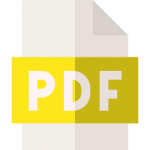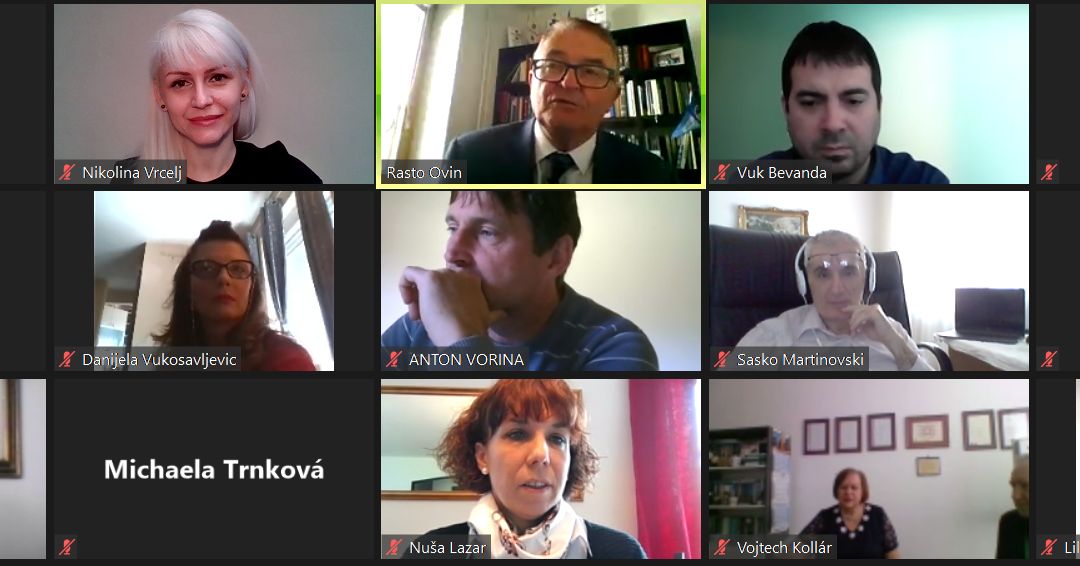Macro-Environment Factors Determining SME Development in the Slovak Republic
Katarína Kráľová – Alexander Dubček University in Trenčín, Faculty of Social and Economic Relations, Študentská 3, 91150 Trenčín, Slovakia
Jana Sochuľáková – Alexander Dubček University in Trenčín, Faculty of Social and Economic Relations, Študentská 3, 91150 Trenčín, Slovakia
Dagmar Petrušová – Alexander Dubček University in Trenčín, Faculty of Social and Economic Relations, Študentská 3, 91150 Trenčín, Slovakia
7th International Scientific ERAZ Conference – ERAZ 2021 – Conference Proceedings: KNOWLEDGE BASED SUSTAINABLE DEVELOPMENT, Online/virtual, May 27, 2021
ERAZ Conference Proceedings published by: Association of Economists and Managers of the Balkans – Belgrade, Serbia
ERAZ conference partners: Faculty of Economics and Business, Mediterranean University, Montenegro; University of National and World Economy – Sofia, Bulgaria; Faculty of Commercial and Business Studies – Celje, Slovenia; AMBIS University, Prague – Czech Republic; Faculty of Applied Management, Economics and Finance – Belgrade, Serbia
ERAZ Conference 2021 Conference Proceedings: ISBN 978-86-80194-46-2, ISSN 2683-5568, DOI: https://doi.org/10.31410/ERAZ.2021
Keywords:
Macro environment;
Micro, small and medium
enterprises;
Gross wage;
Unemployment;
Regional GDP
Abstract: Business in the segment of small and medium enterprises has its specifics. Due to their size, these companies have several advantages over large companies, but also several disadvantages. An important factor for the development of the economy is the performance and success of small and medium-sized enterprises, which depend not only on their ability to effectively use production factors or internal resources but also on the structure and quality of the business environment. The presented paper aims to describe the development of the macroeconomic environment in the Slovak Republic and its impact on the development of SMEs through the analysis of selected specific national economic indicators, as well as to outline other possible directions. By analysing selected macro indicators, we want to capture the development trends of the environment in which SMEs carry out their business activities, and which can significantly affect them.

ERAZ Conference
Creative Commons Non Commercial CC BY-NC: This article is distributed under the terms of the Creative Commons Attribution-Non-Commercial 4.0 License (https://creativecommons.org/licenses/by-nc/4.0/) which permits non-commercial use, reproduction and distribution of the work without further permission.

References
Claessens, M. (2015). The macro environment – six forces in the environment of a business. [online] (cit. 2020-11-26). Available at: https://marketing-insider.eu/macroenvironment/
Grasseová, M. et al. (2010). Analýza v rukou manažera. Brno: Computer Press. 325 s. ISBN 978-80-251-2621-9.
Jánošová,D. (2012). Uplatňovanie marketingových aktivít v prospech regionálneho rozvoja. Trnava. Univerzita sv. Cyrila a Metoda v Trnave. 113 s. ISBN 978-80-8105- 426-6
Kliková, Ch., Kotlán, I. a kol. (2019). Hospodářská a sociální politika. Ostrava: Vysoká škola sociálně správní. 388s. ISBN 978-80-87291-23-8
Kotler, P. (2007). Moderní marketing. Praha: Grada Publishing. 749 s. ISBN 978-80- 2471-545-2
Matúš,J.,Ďurková,K. (2012). Moderný marketing. Trnava: Fakulta masmediálnej komunikácie UCM v Trnave. 273s. ISBN 978-83-7729-184-9
Vodák,J., Soviar,J., Varmus,M. (2016). Marketing. EDIS-vydavateľské centrum ŽU. 171s. ISBN 978-80-554-1242-9
https://eur-lex.europa.eu/eli/reco/2003/361/
https://doi.org/10.5296/ijhrs.v10i1.16488
https://www.statistics.sk
http//:www.sbagency.sk

